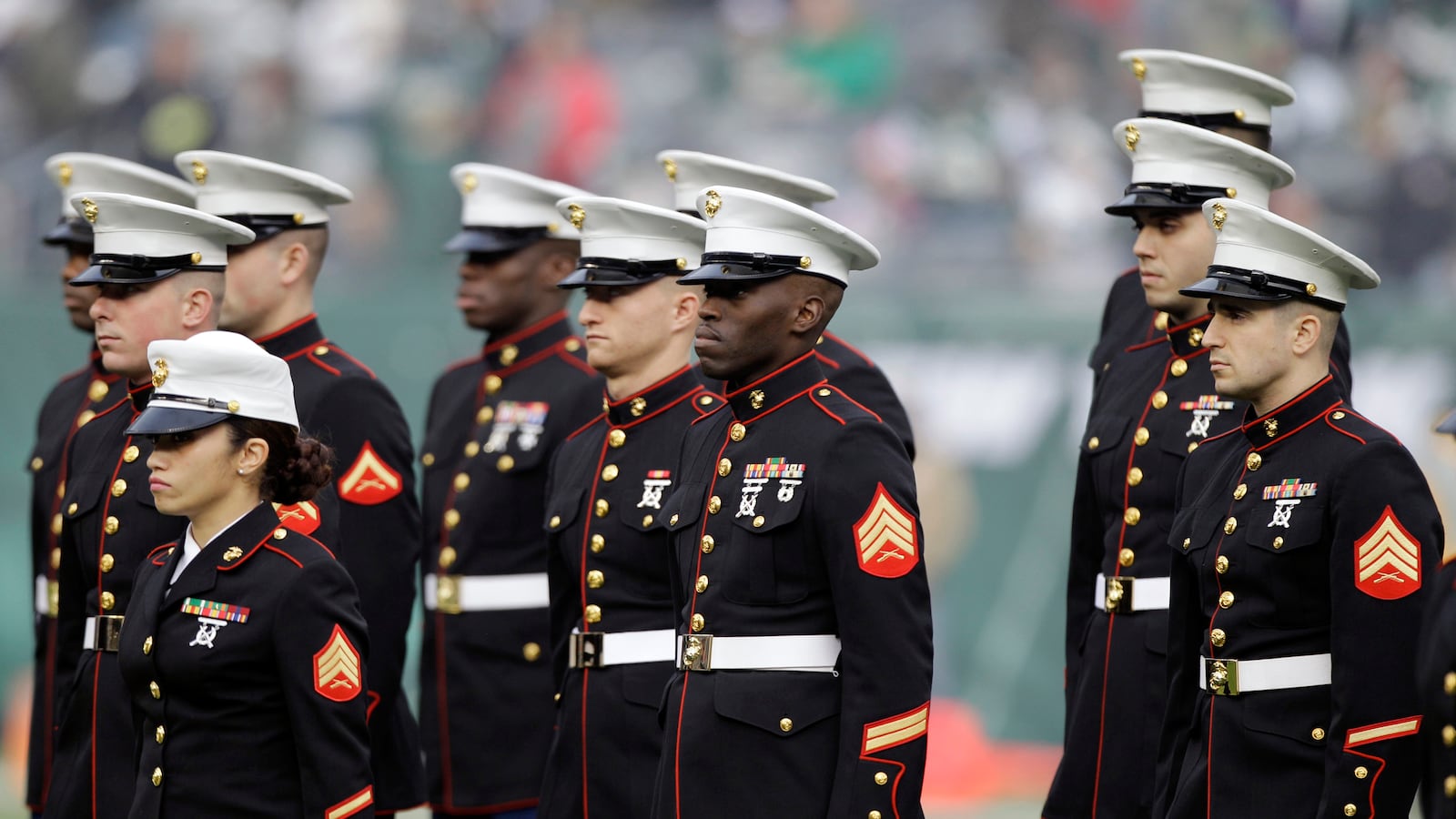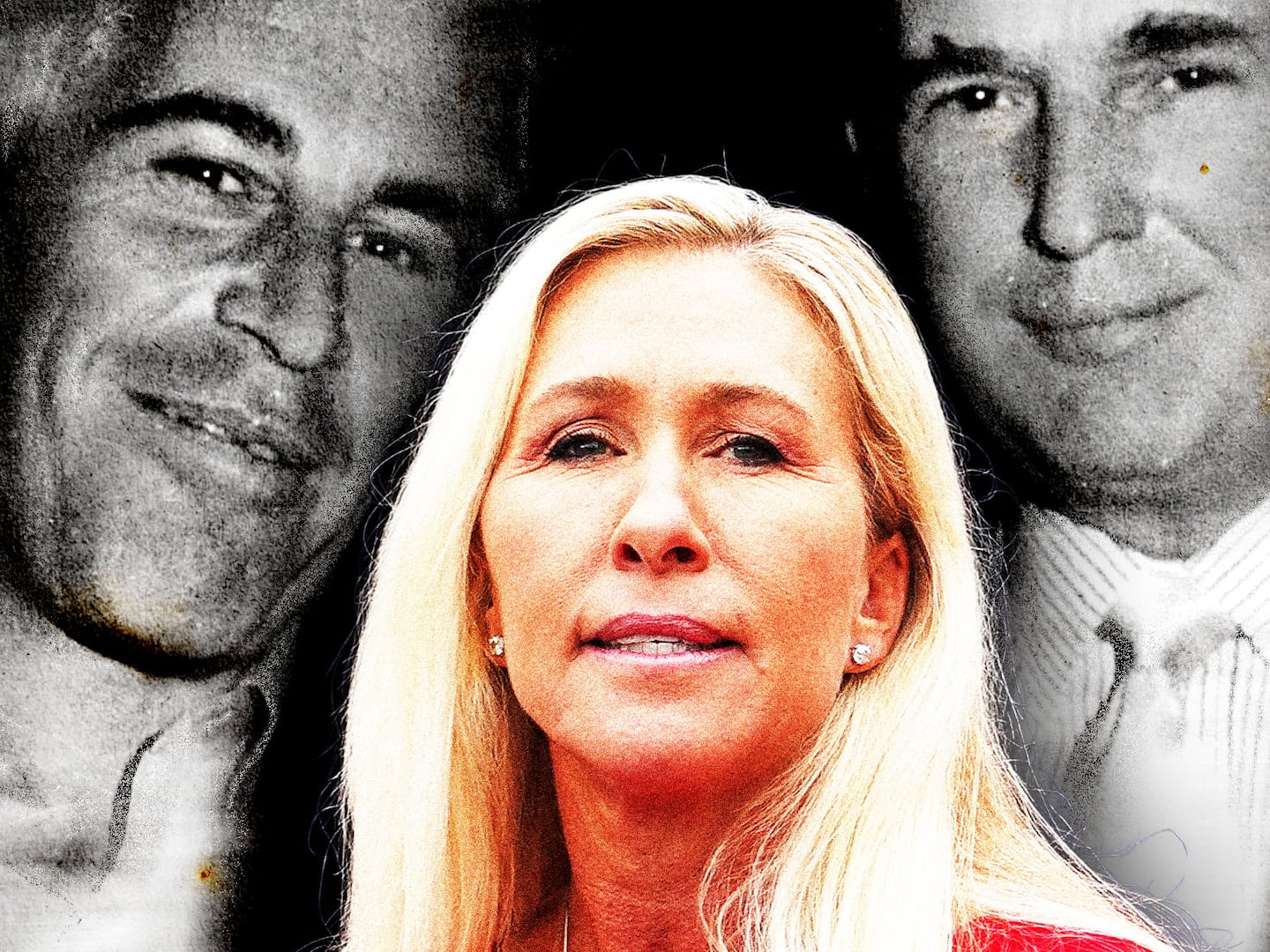The combat ban that kept hundreds of thousands of military jobs out of reach for women will now become one more history relic, like the ban on gays and, before that, the segregation of African-Americans in America’s armed forces.

“The time has come to rescind the direct combat exclusion rule for women and to eliminate all unnecessary gender-based barriers to service,” Joint Chiefs of Staff Chairman Gen. Martin Dempsey wrote in a January letter to Secretary of Defense Leon Panetta, who is lifting the ban. “We are driven by: retaining the trust and confidence of the American people to defend this Nation by promoting policies that maintain the best quality and most qualified people.”
No law ever stopped women from serving on the front lines of war. Instead, it was a January 1994 memo written by then–defense secretary Les Aspin that banned women from units “whose primary mission is to engage in direct ground combat.”
A decade of war blurred and then obliterated that distinction. In Iraq and then Afghanistan, the front lines were everywhere. More than 200,000 women have served in the two wars. They have been shot down by enemy fire, injured by IEDs, and awarded Purple Hearts. More than 140 have died.
“The fact is, in the nonconventional wars that I've been part of in Iraq and in Afghanistan, there really isn't a meaningful distinction between who is and who isn't a combatant,” Ryan Crocker, former ambassador to Afghanistan and Iraq, said recently at the Council on Foreign Relations. “I had the honor to pin combat infantry badges on two women, neither of whom were infantrymen because they can't be—except they are.”
Veterans of Iraq and Afghanistan greeted the Pentagon’s decision to eliminate their barriers to service by 2016 with elation.
“I am so excited,” says Zoe Bedell, a former Marine captain who led a 46-member Female Engagement Team in Afghanistan charged with forging relationships and gathering intelligence male colleagues could not. Bedell is one of four female veterans who sued the Pentagon last November to end the ban on women in combat. She now works in investment banking, and it was office colleagues who first told her the news Wednesday morning. “We are not asking for guaranteed spots; we want to have a chance to meet the same standards and, if we can do it and if we prove we can do it, we should have the same opportunity.”
Bedell told The Daily Beast last November that she felt a “responsibility to the Marines that served under me and the ones that haven’t come yet to give them the opportunity to compete and to be evaluated on their merit rather than their gender.”
Today, she says she felt the message to young women considering a career in the military was clear: there is no limit to your opportunity. Even while noting there is “still a lot of work to be done,” she says she feels proud to have played a small part in leading the military toward change with her Marine Corps service.
“We have been at war for 10 years and women have been fighting, women have been serving, women have been dying,” Bedell says. “This didn’t happen because of a lawsuit or any one person or any small group of people doing things, this happened because women have been proving themselves and earning this right for years.”
Lawyers with the American Civil Liberties Union, which filed the lawsuit, called the Pentagon’s move a “historic step.” And they say they will be watching the implementation, scheduled to occur over the next three years, carefully.
“We don’t plan to declare that it is over because 238,000 jobs and entire career specialties and schools were closed to women,” says ACLU attorney Ariela Migdal, who found out about the Pentagon move while scanning her BlackBerry this morning. “We do have to see that those are going to be opened and when.”
For servicewomen of previous generations, the decision marked the culmination of decades of battle.
“It is a final step on a 65-year journey—that is what it means to us, that we are finally fully integrated into the military,” says Lory Manning, a 25-year Navy veteran who heads the Women in the Military Project at the Women’s Research and Education Institute, in Washington, D.C. “Women have been in ground combat, and the Marines and Army know that they can handle it.”
Indeed, the Pentagon has been studying the issue for years. Last February, the Defense Department opened 14,000 combat-related jobs to women, a move Manning and others greeted with disappointment. Still, few were prepared for the ban to end in one swift move.
“I was astonished that they decided to do it all instead of saying, ‘Let’s do a little bit now and then a little bit more and then a little bit more in 10 years’; that is how it has been the past 10 years, one little step at a time,” says Manning. She added that the decision reflects the reality of women’s service in combat for the past decade, regardless of official policy.
“Women have been traveling with Special Forces in Afghanistan for years now,” Manning says. “Women are going to have to meet the bar, which is very, very high for Special Forces. But there are women out there who can meet those standards.”
One woman who may have tried to meet that exacting standard if she had had the opportunity was First Lt. Ashley White. A member of the Army’s Cultural Support Teams charged with “engaging the female population” during missions, White served alongside the elite Army Rangers in Afghanistan. In 2011, she died alongside them in an explosion near Kandahar.
“The rules of engagement are catching up with what is really going on,” says Deborah White, Ashley’s mother.
“She fought with the Rangers and she died with the Rangers,” White says of her daughter’s service. “Officially she couldn’t be a part of it, but she was. She was.”






